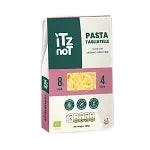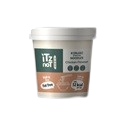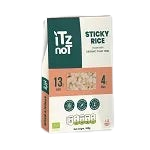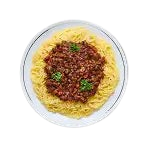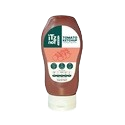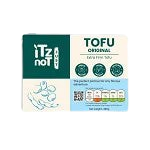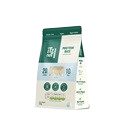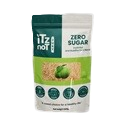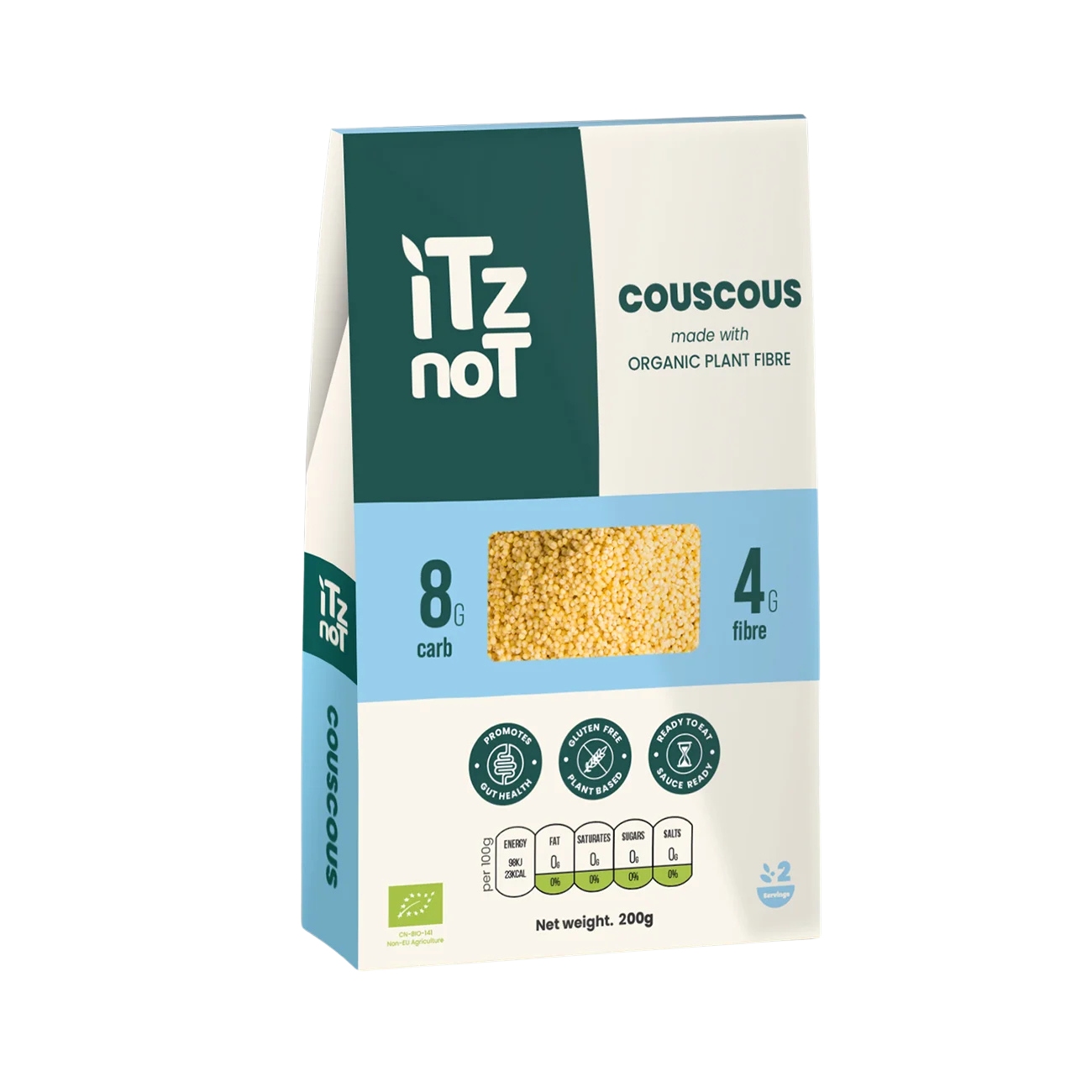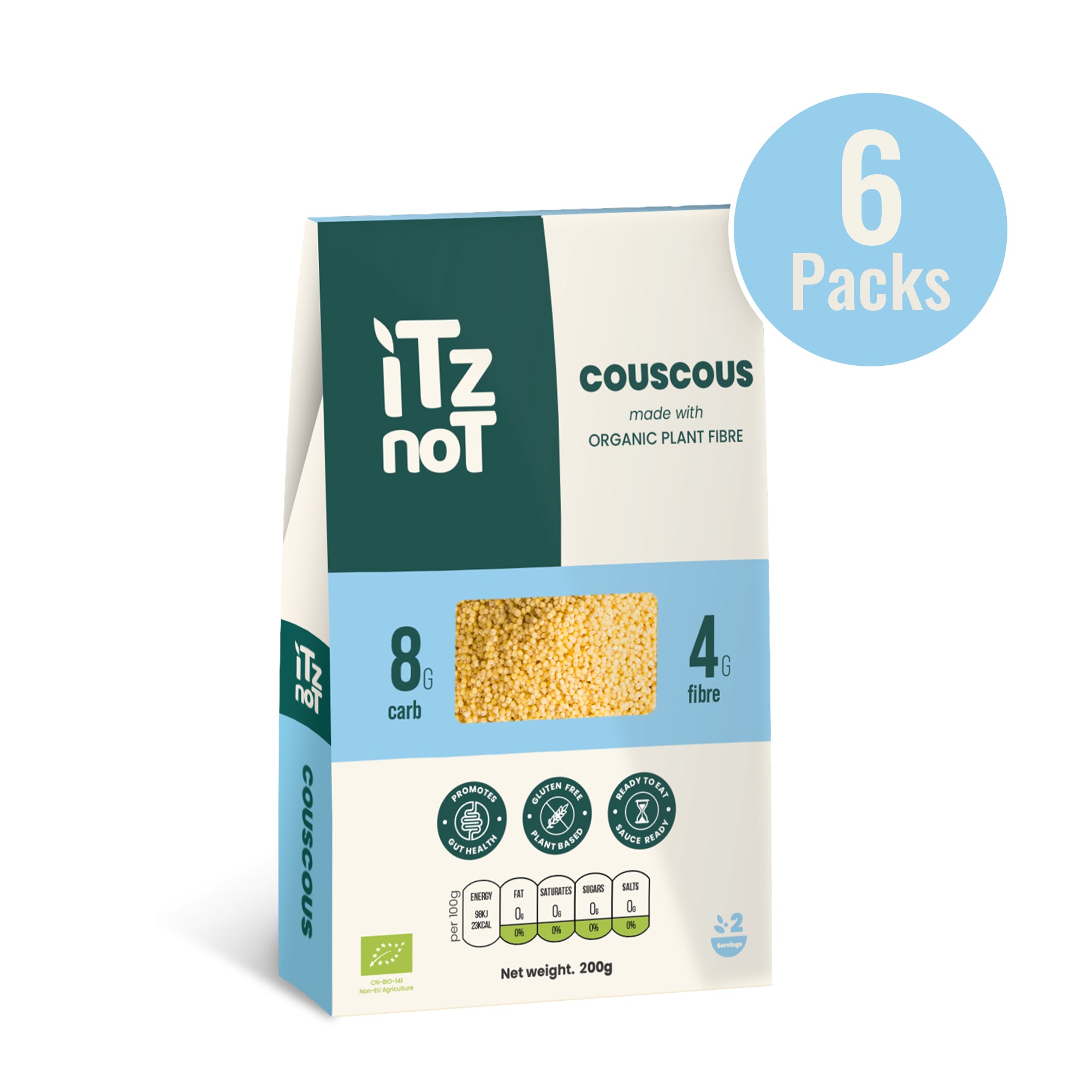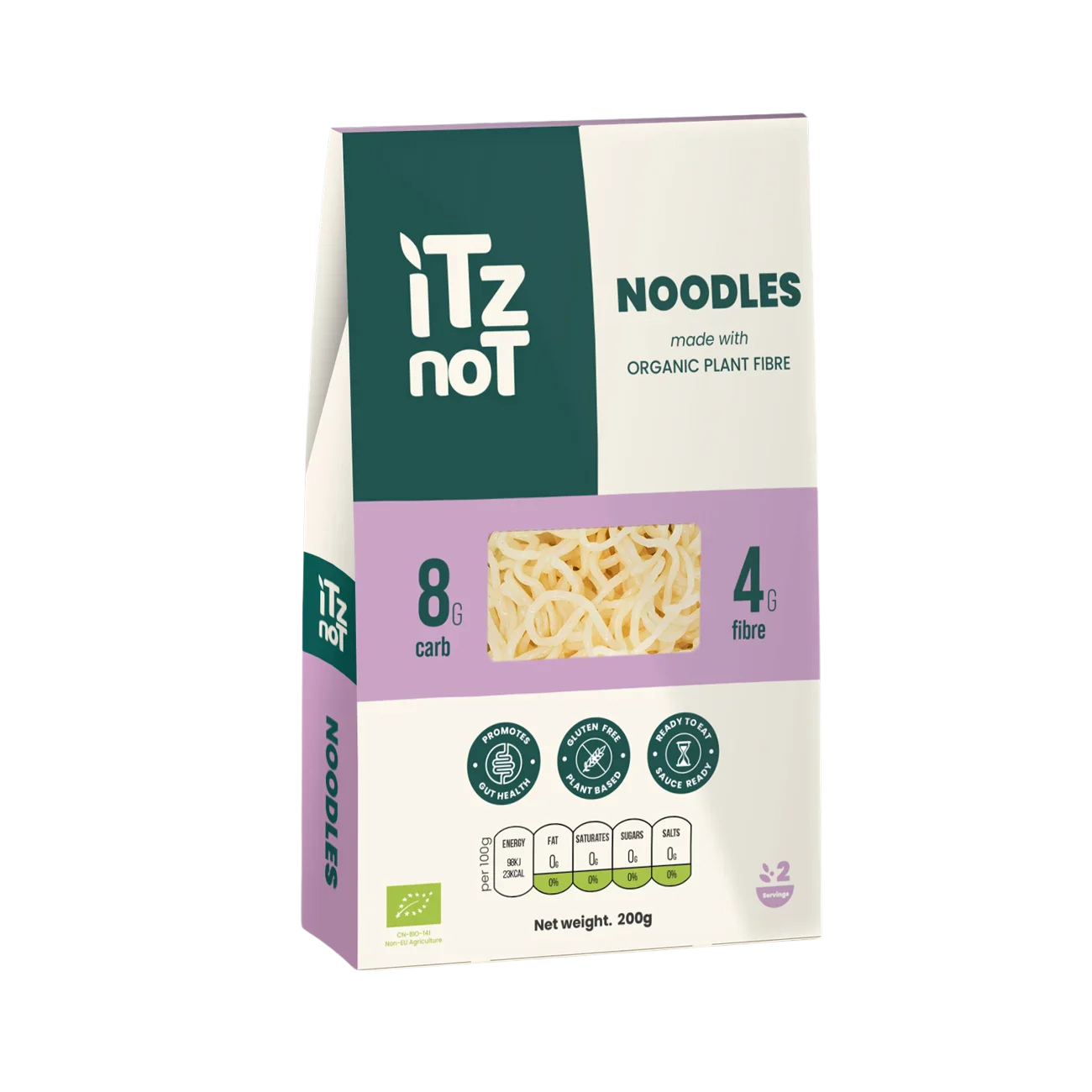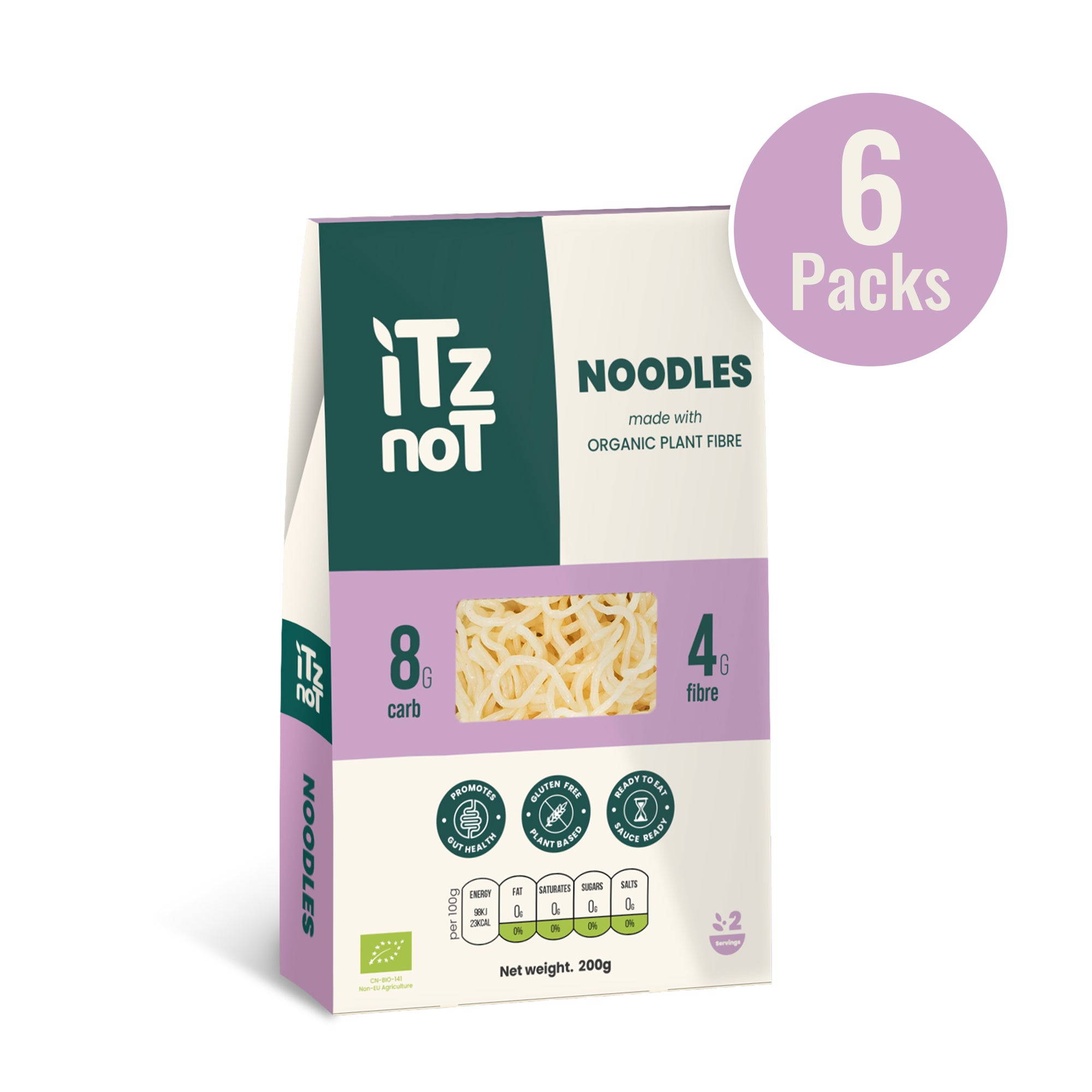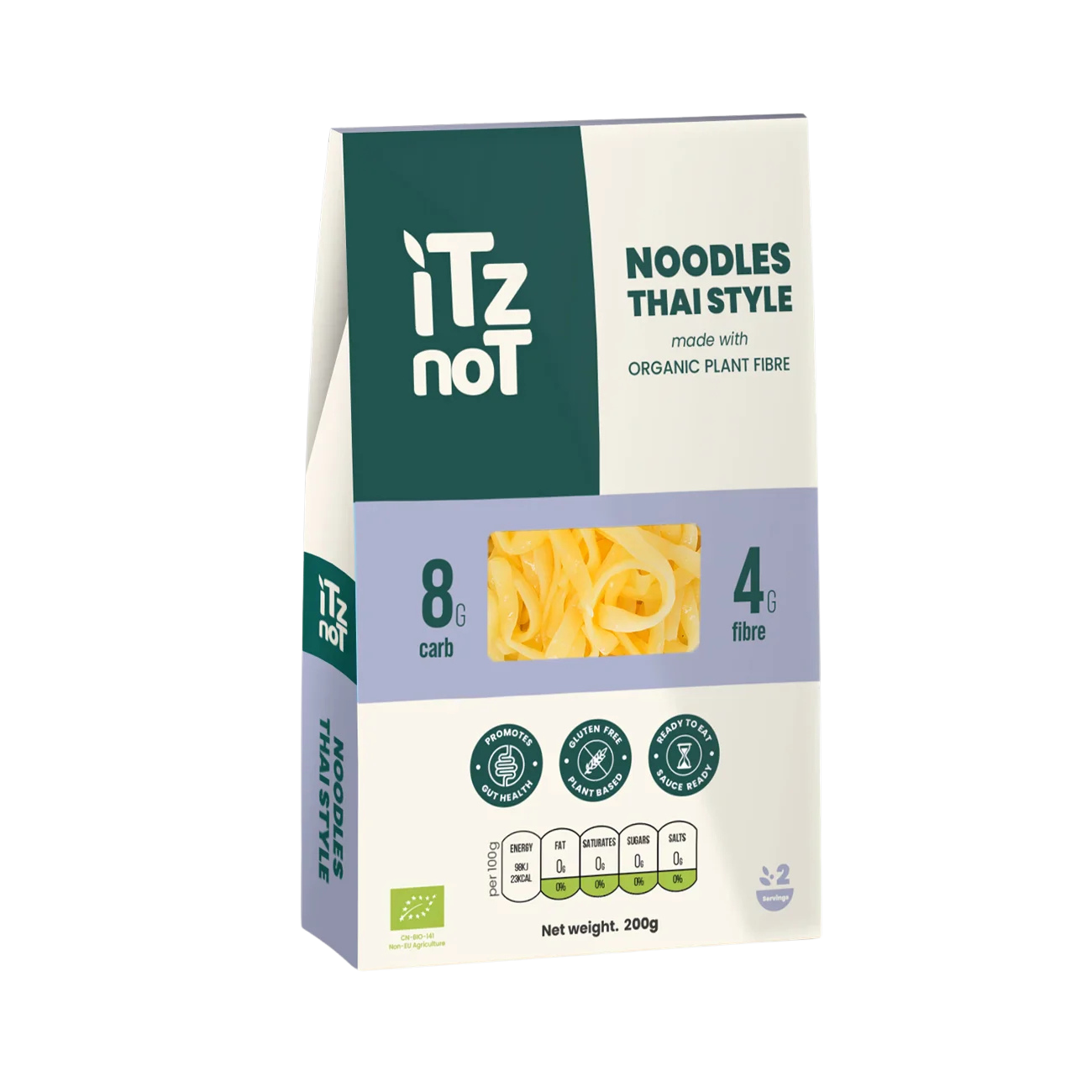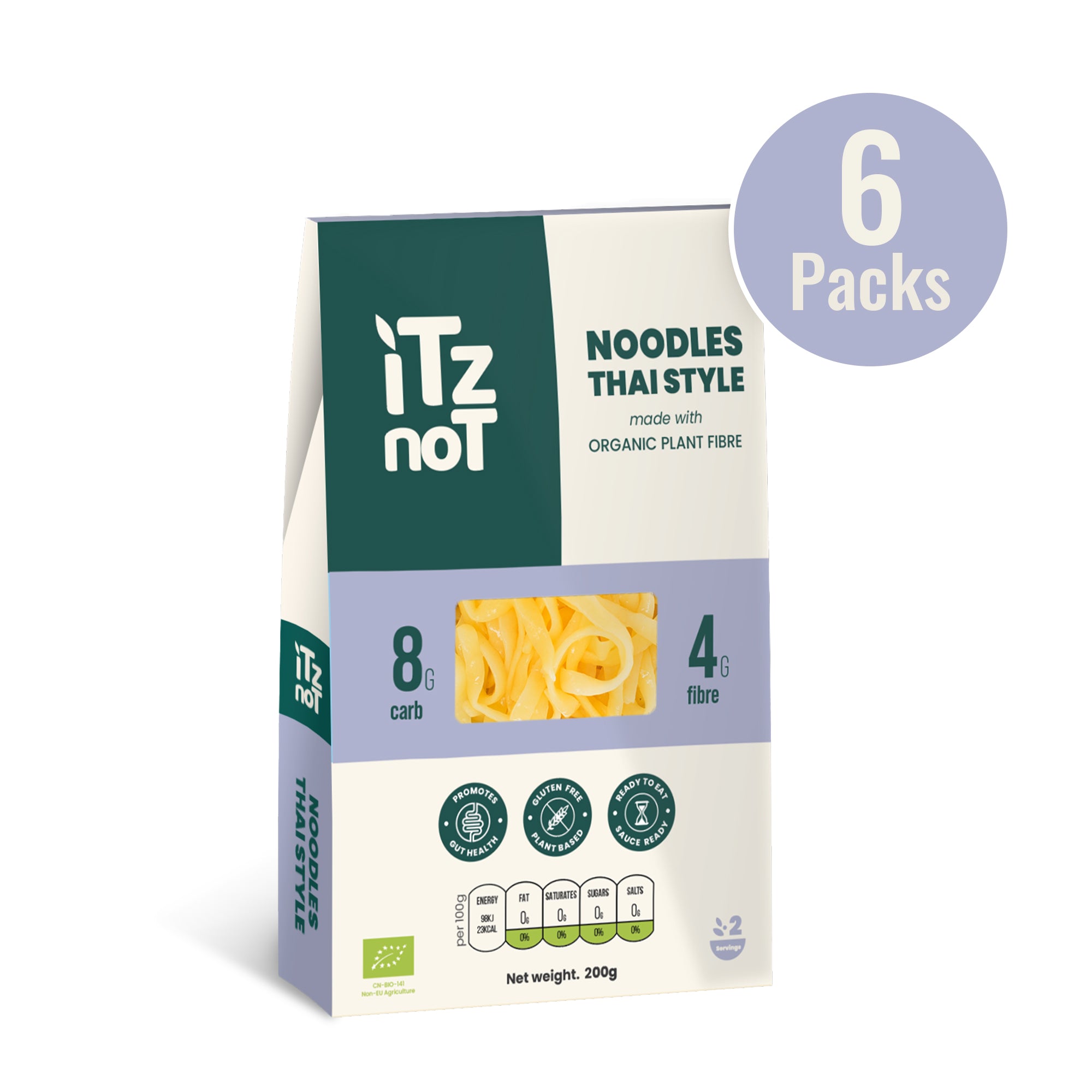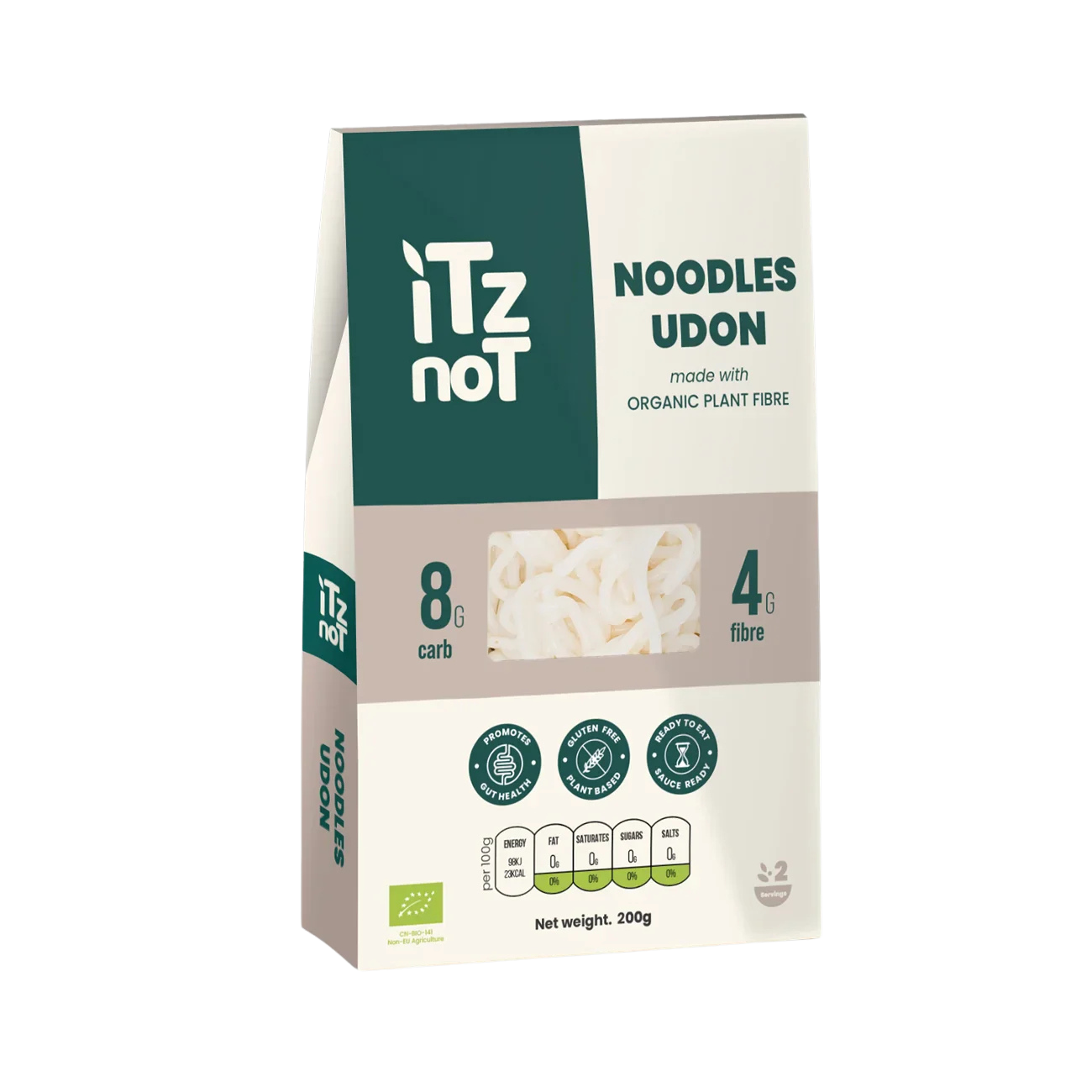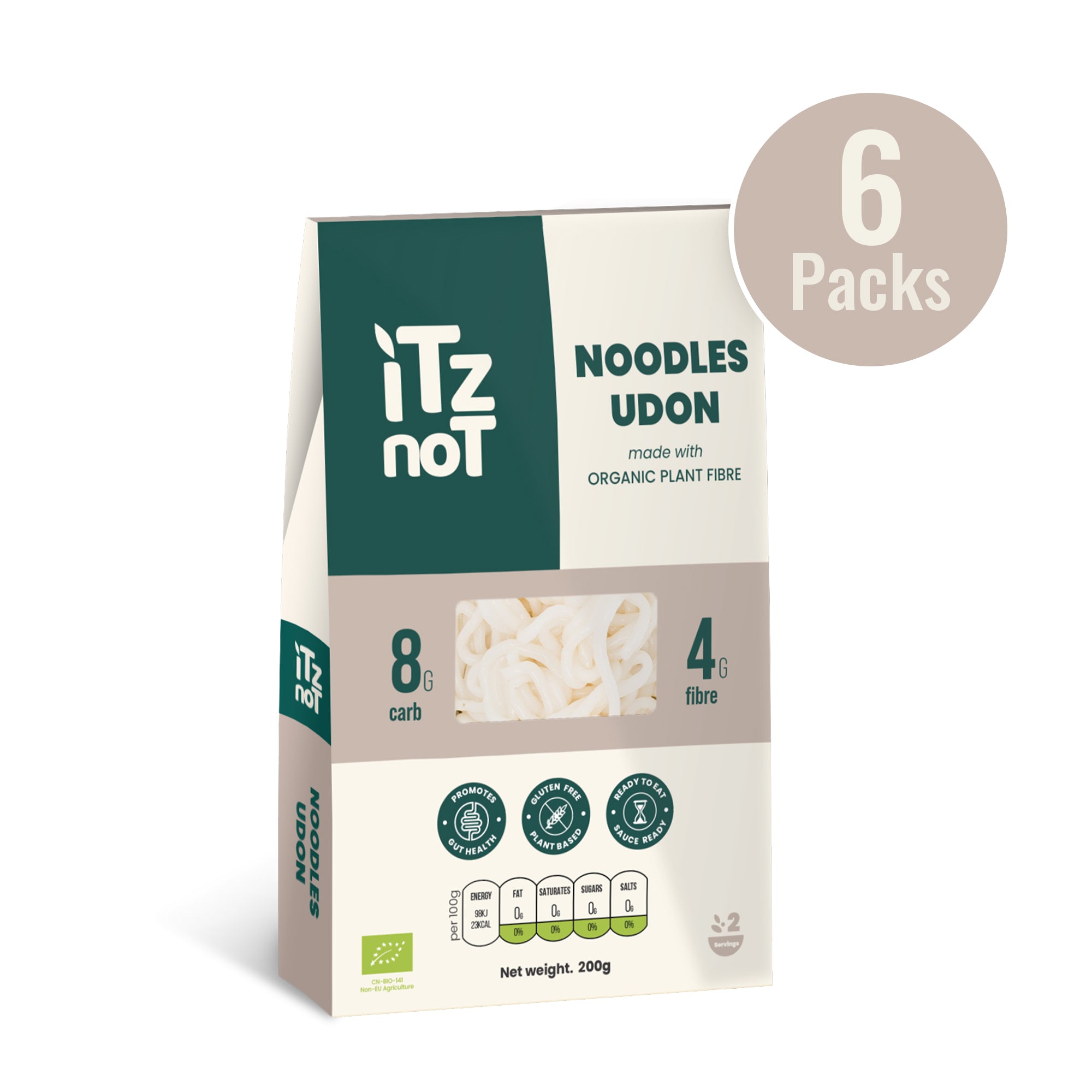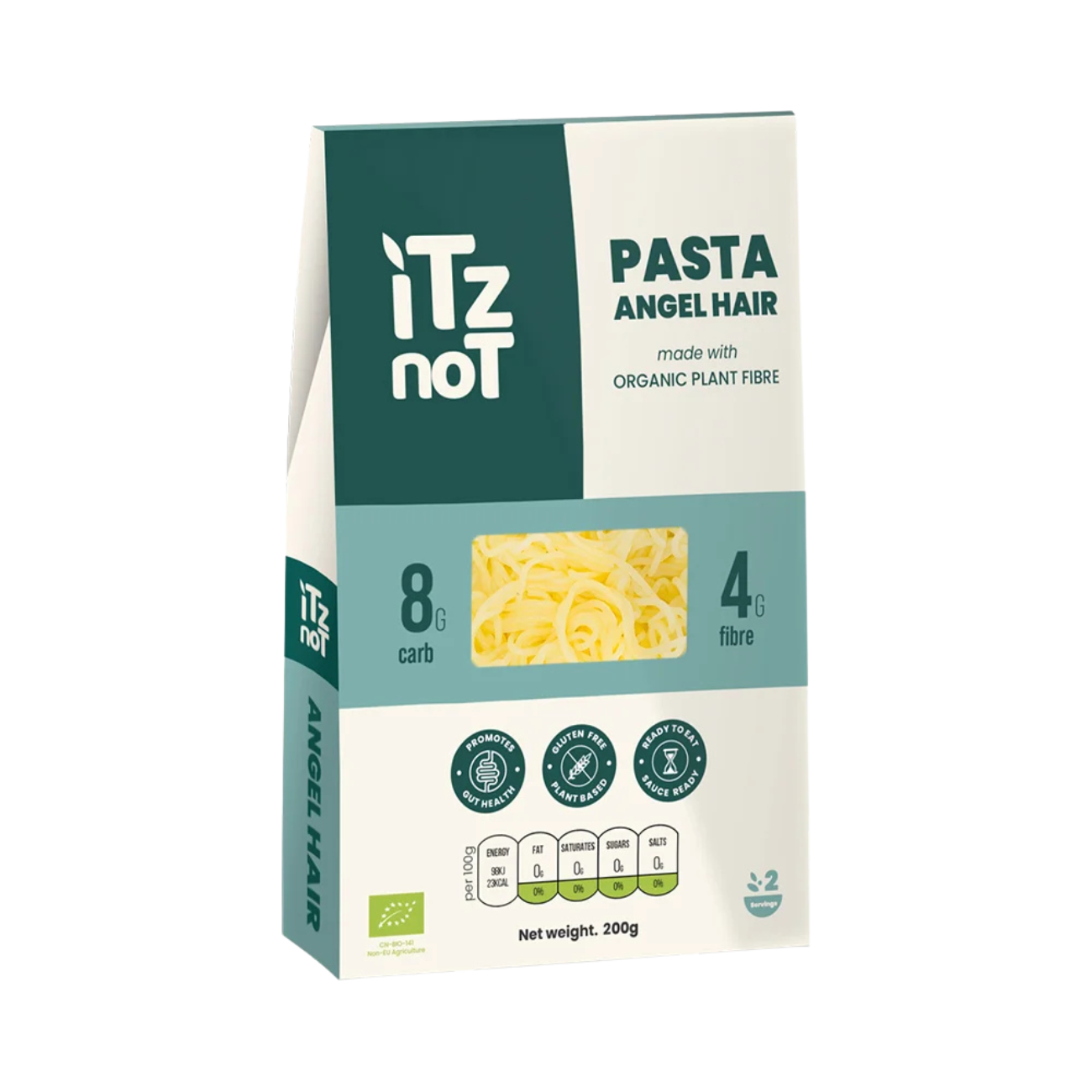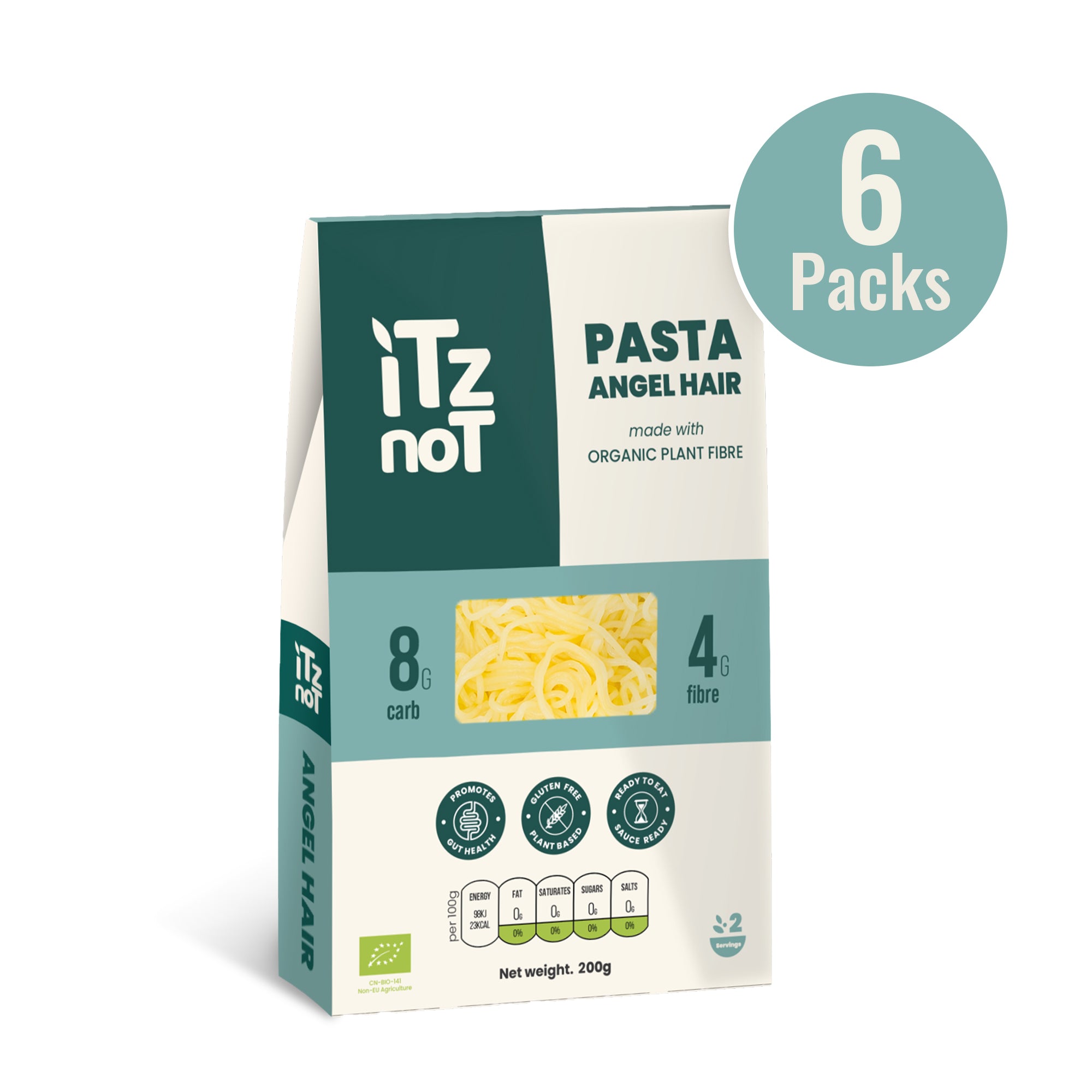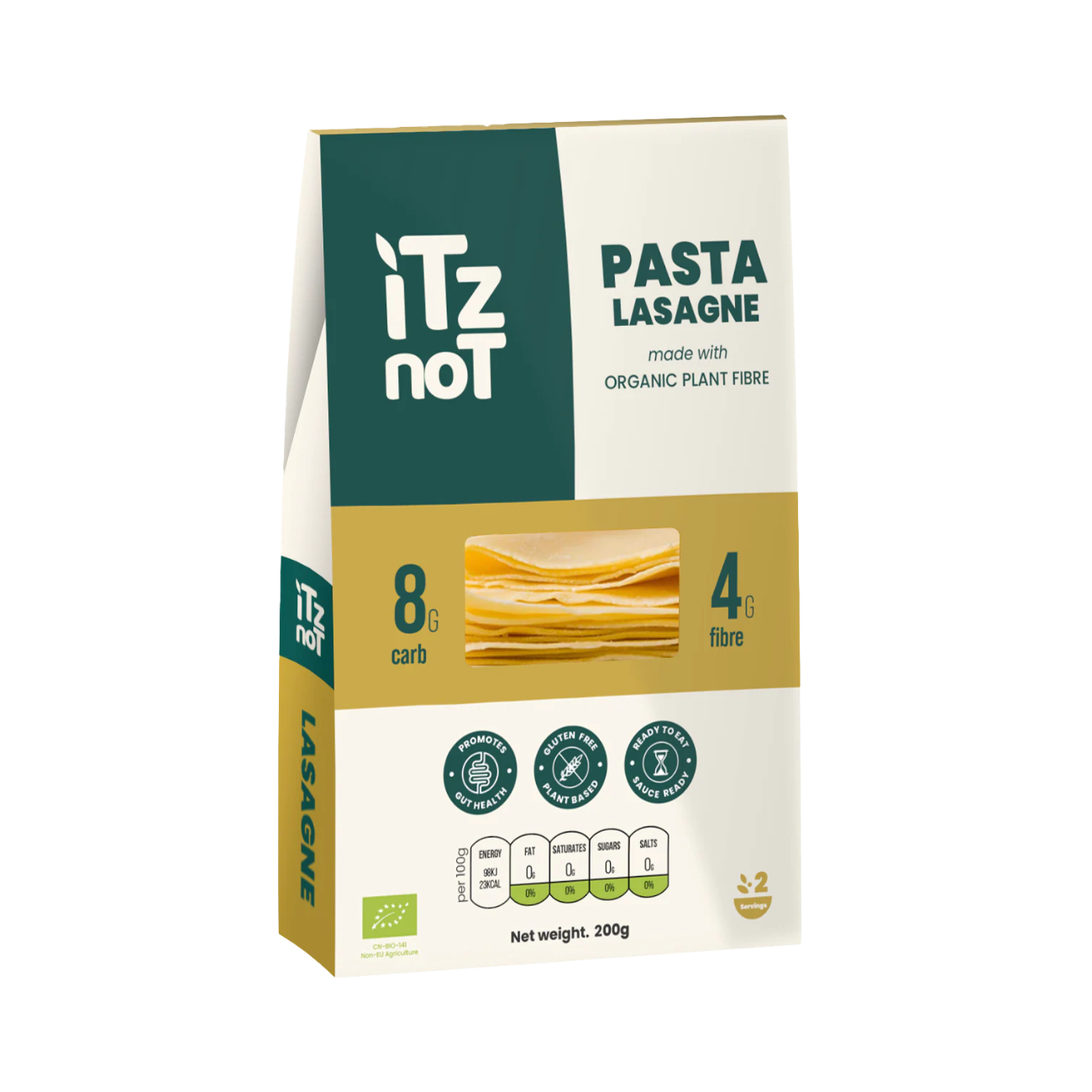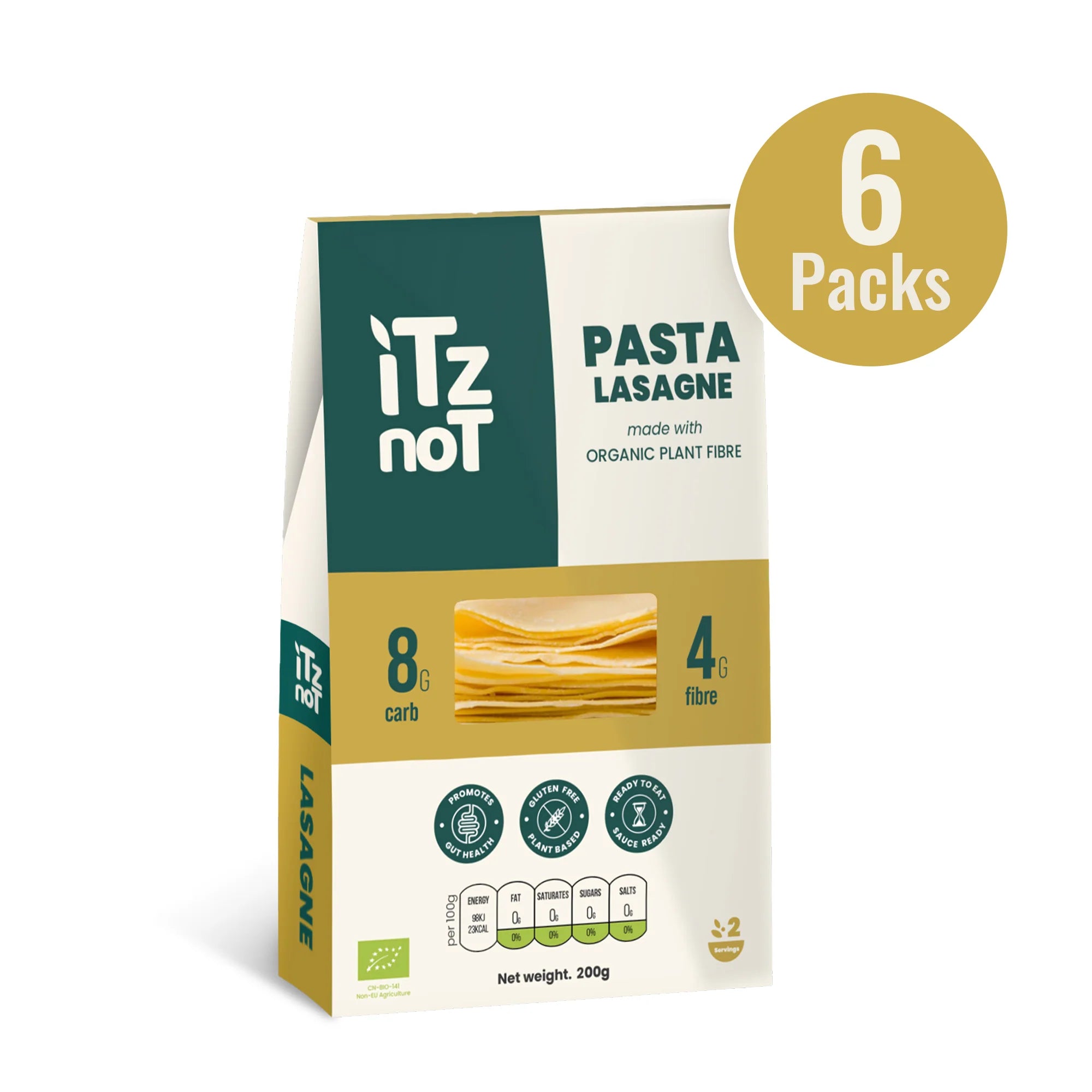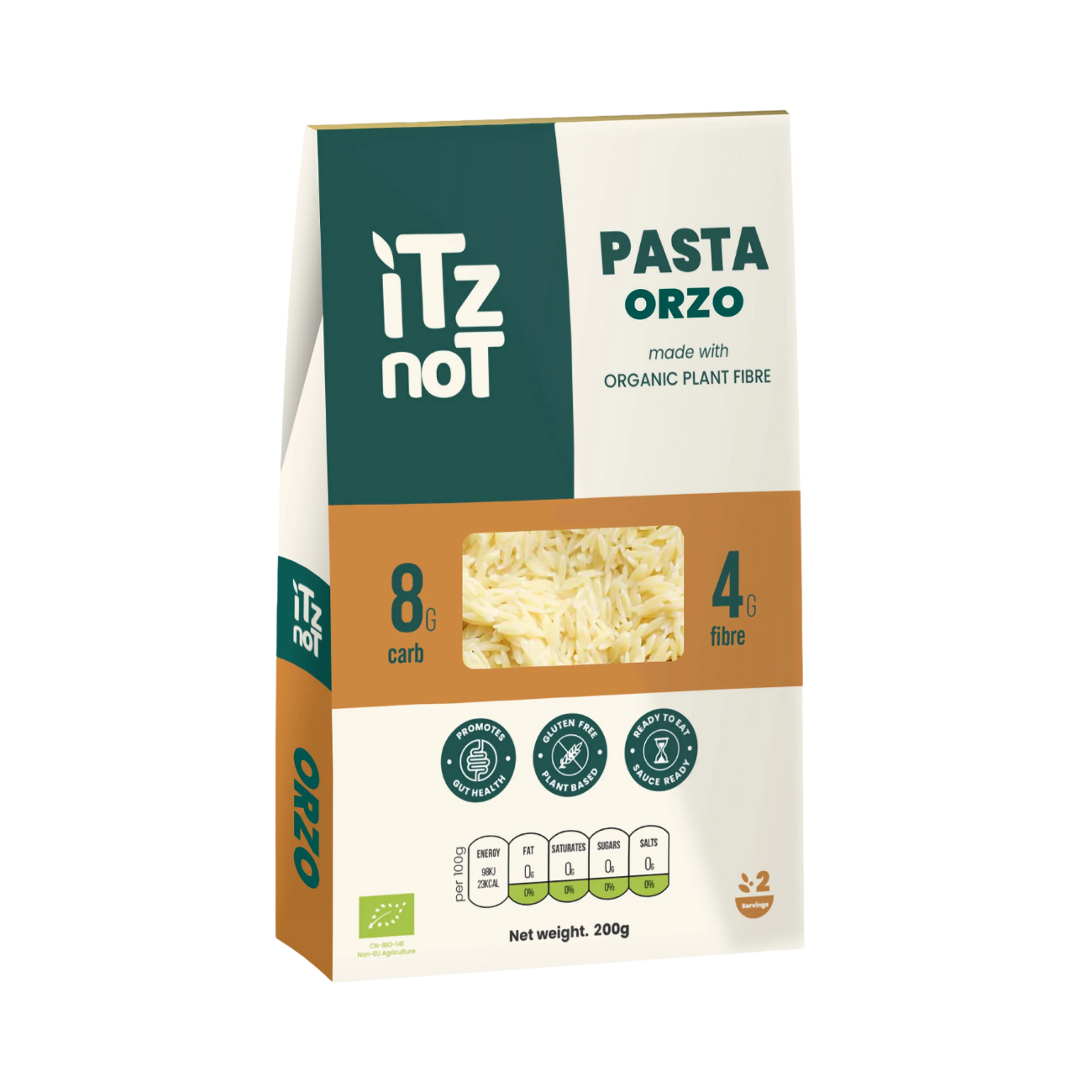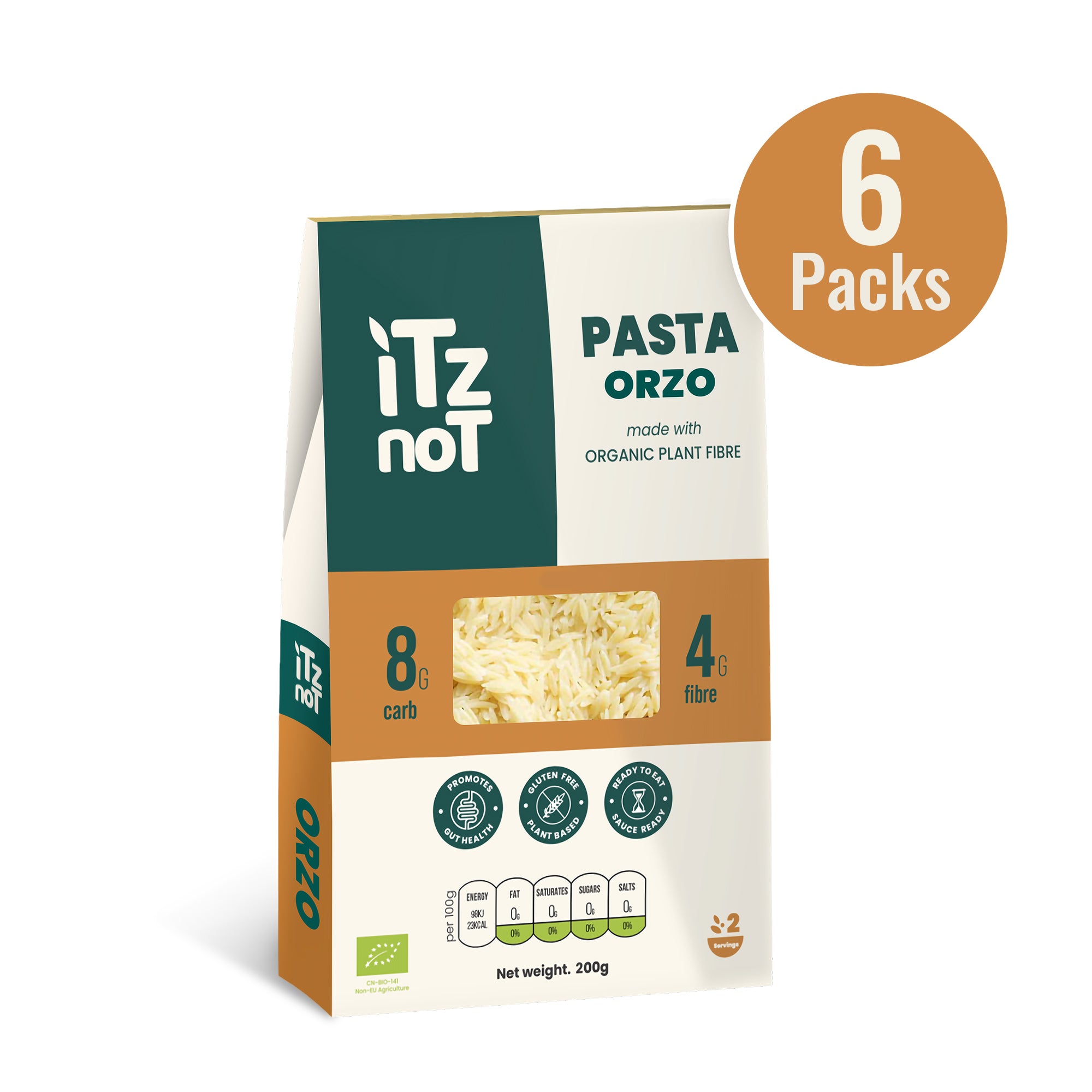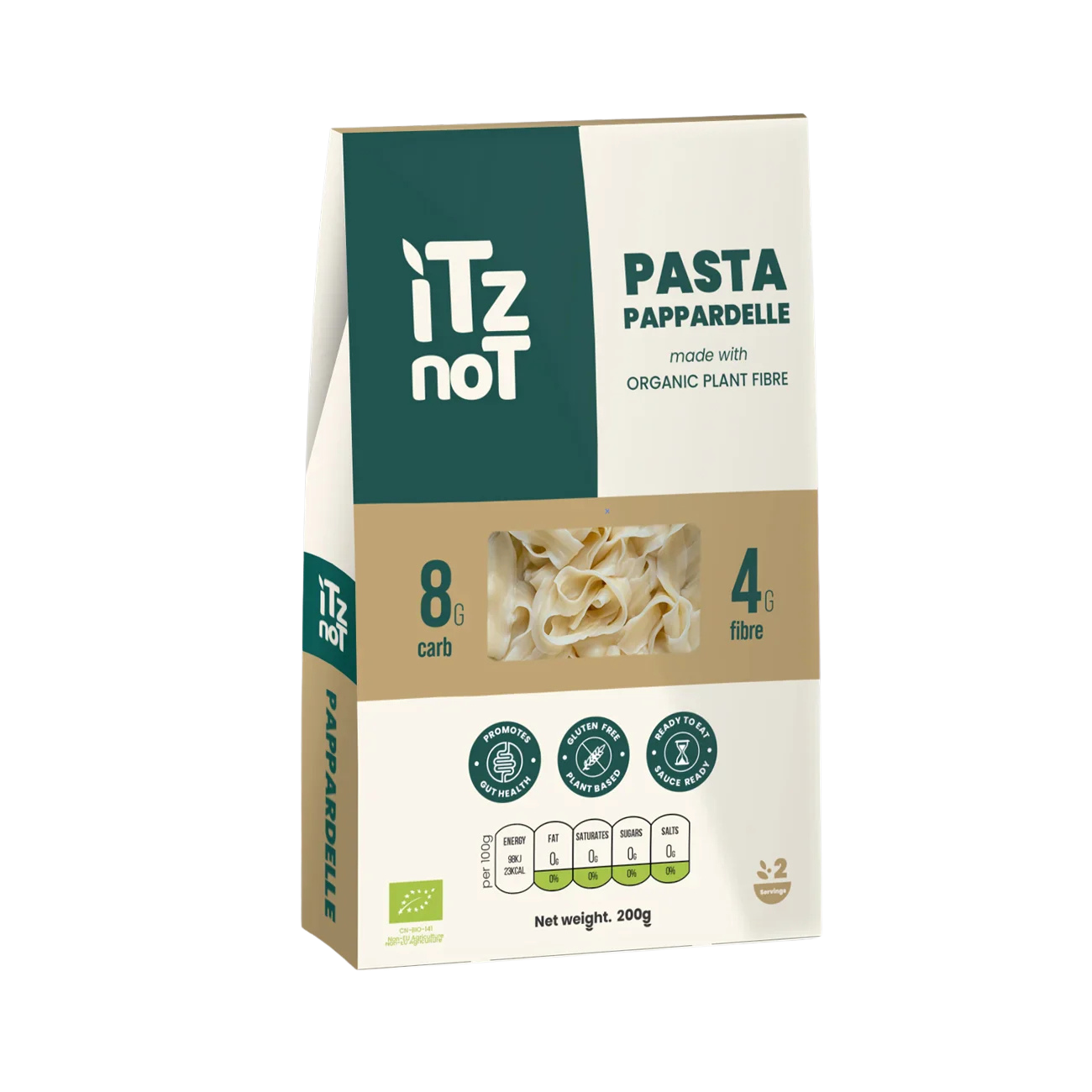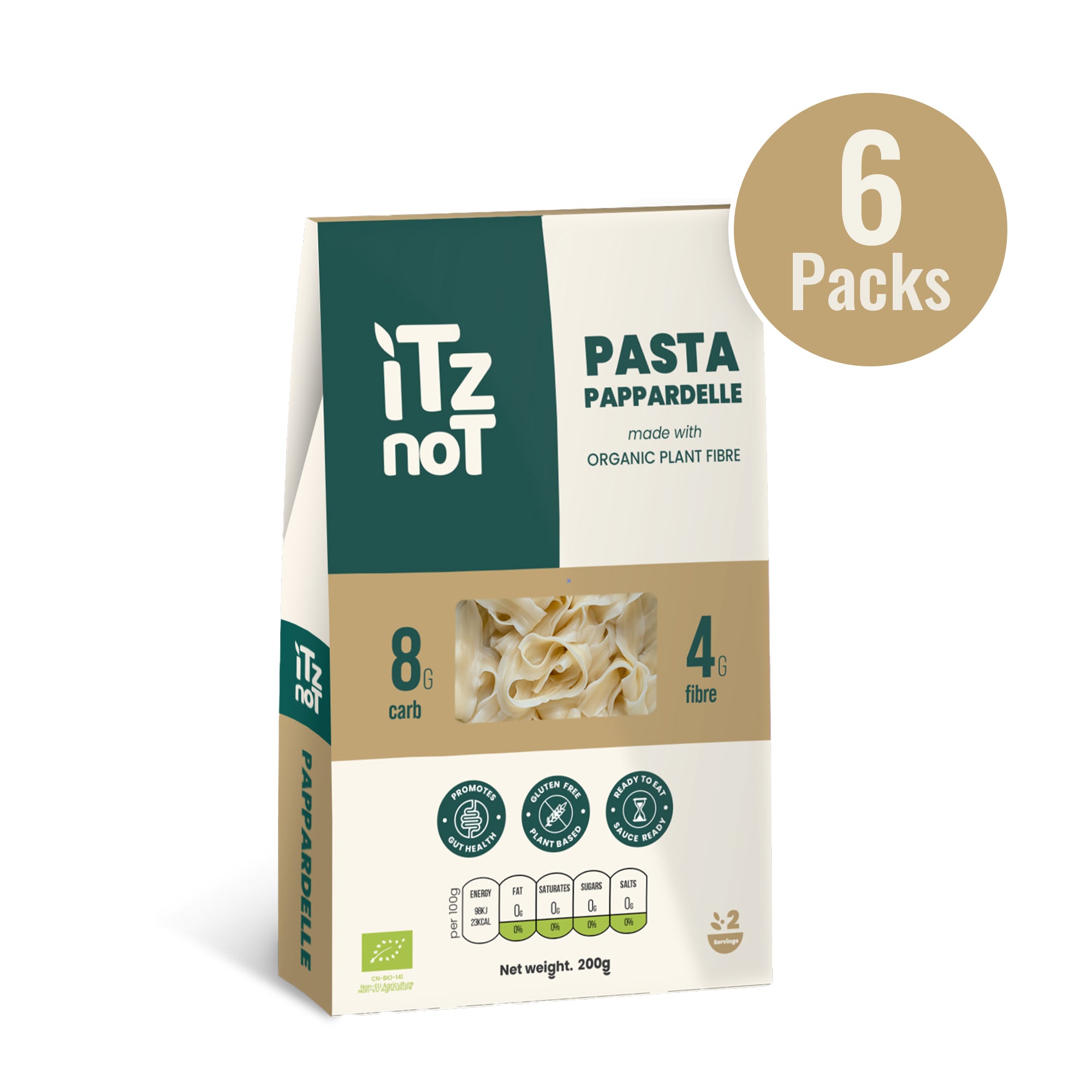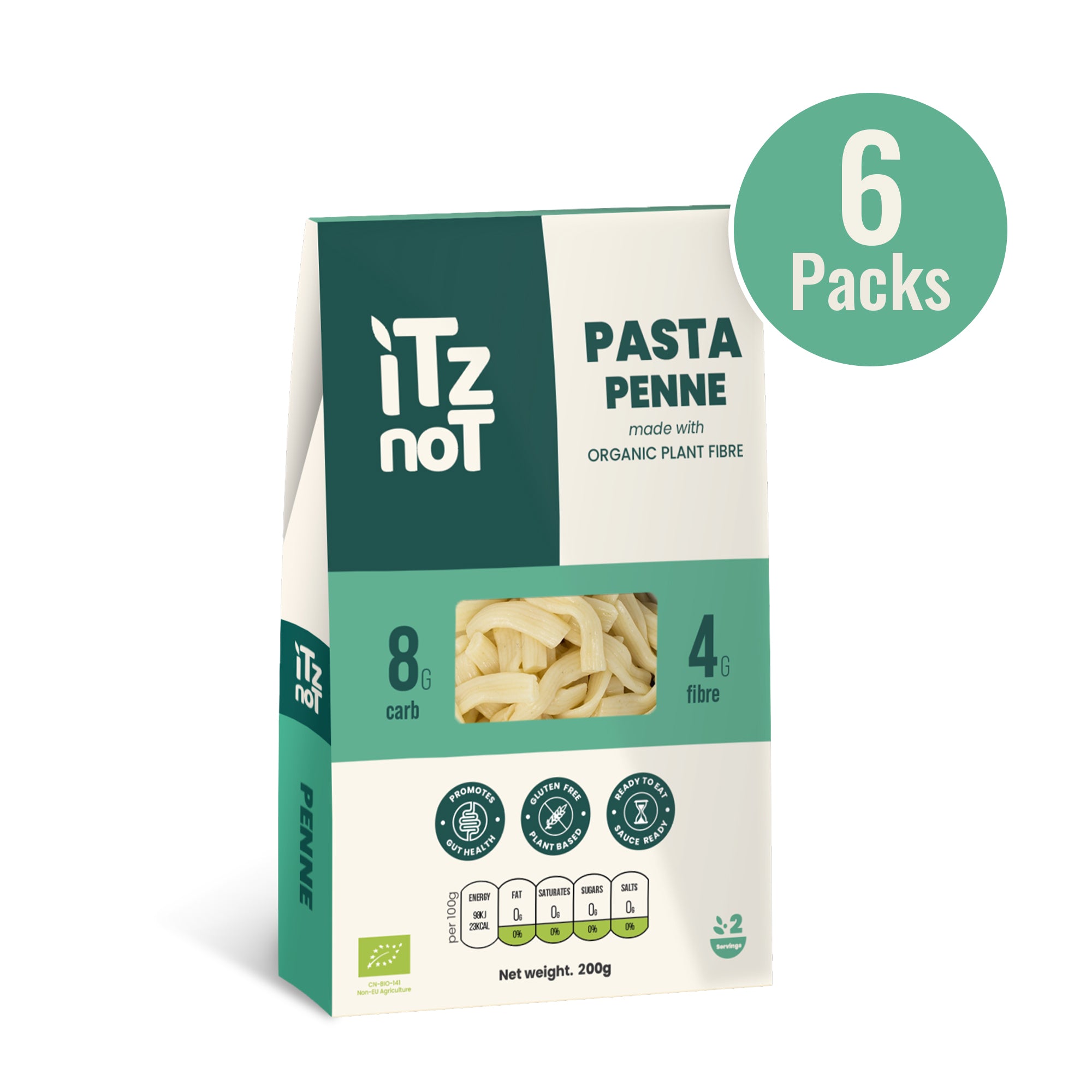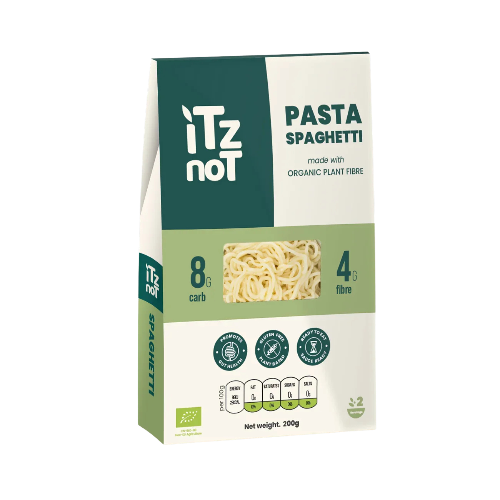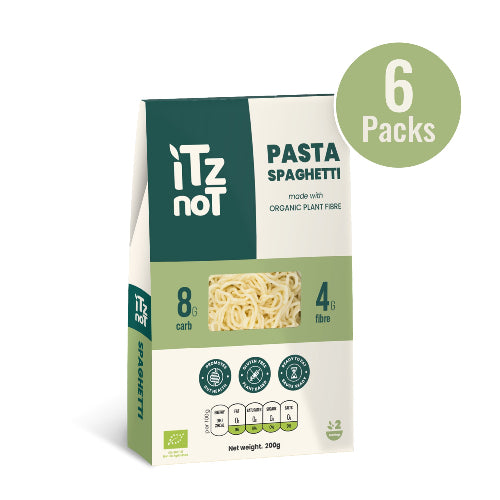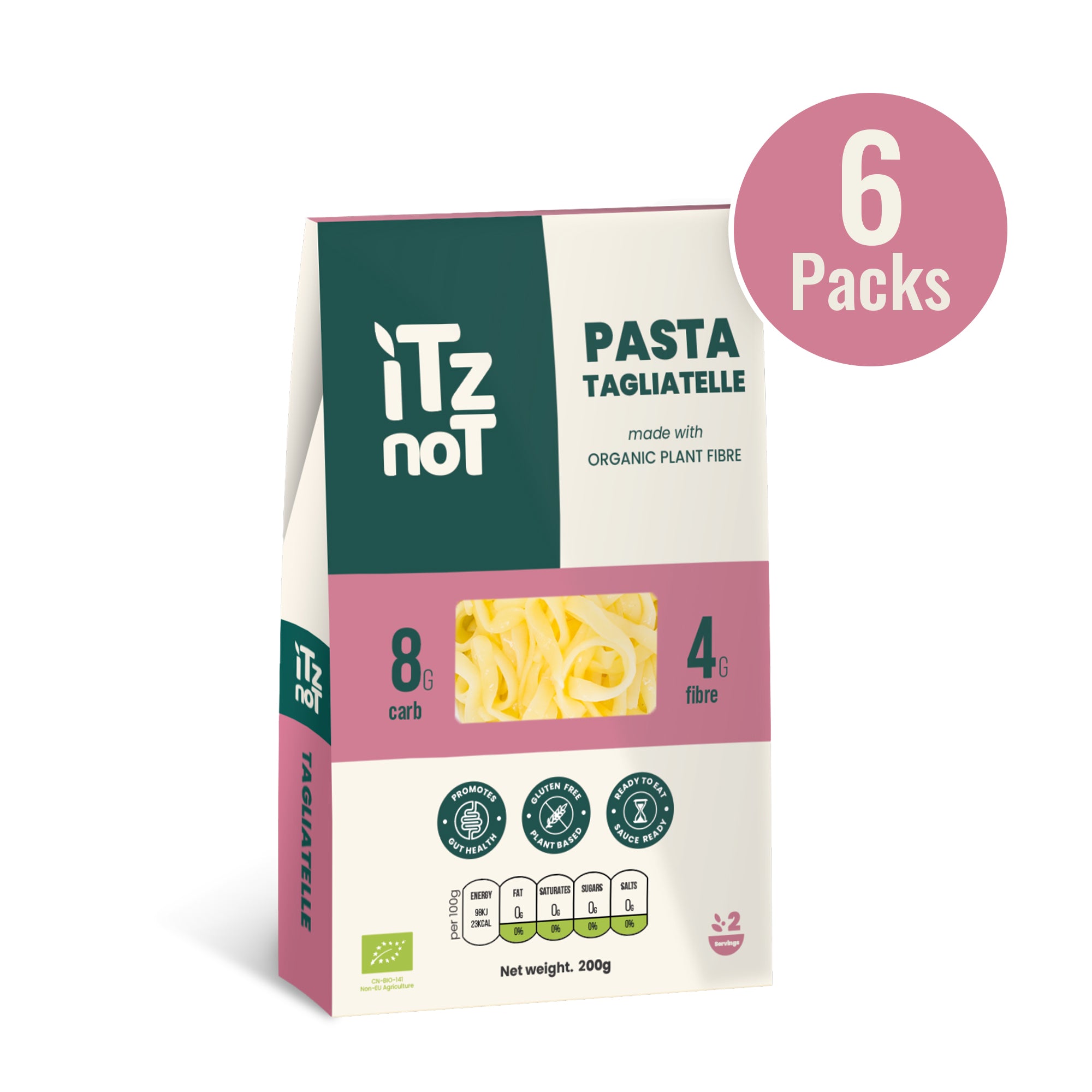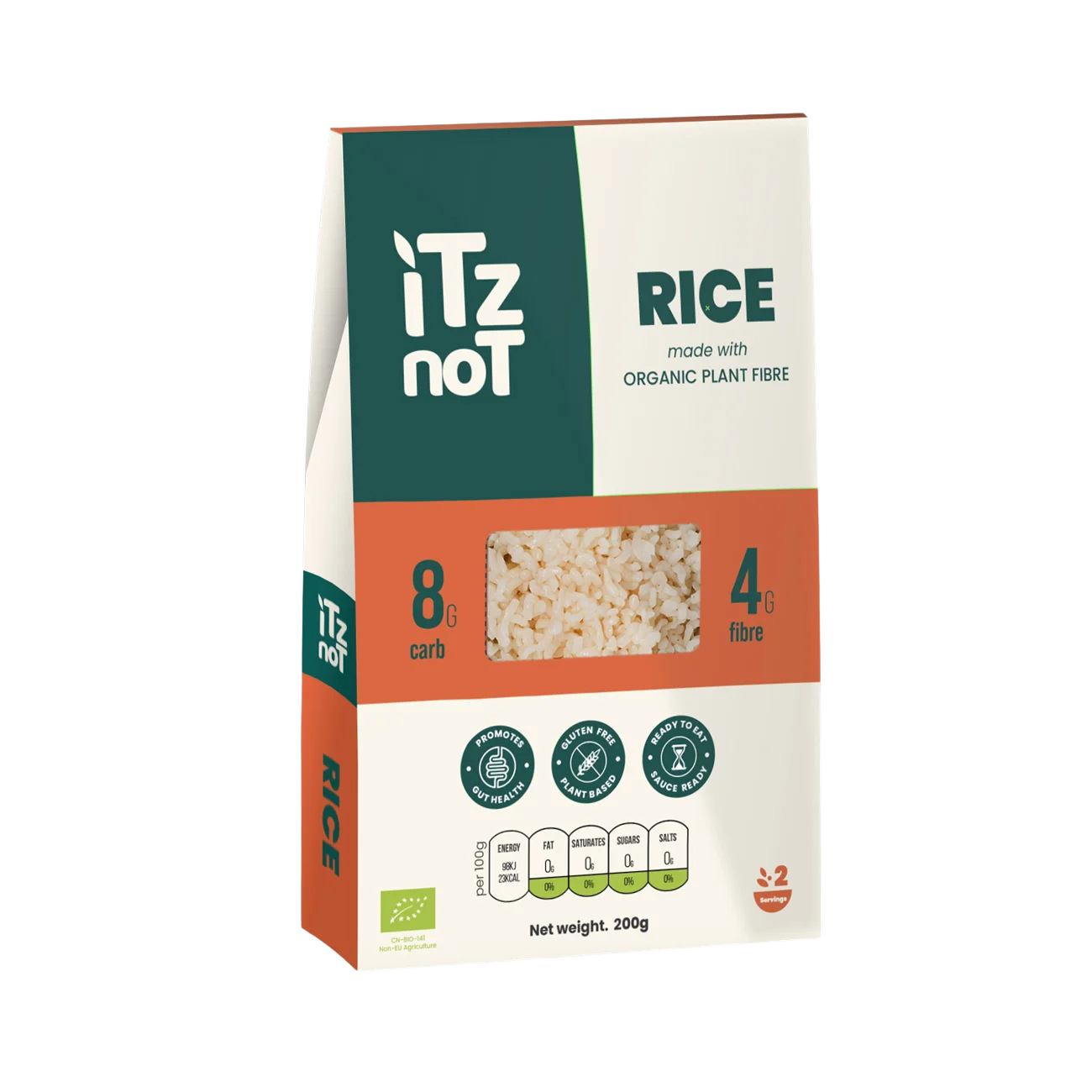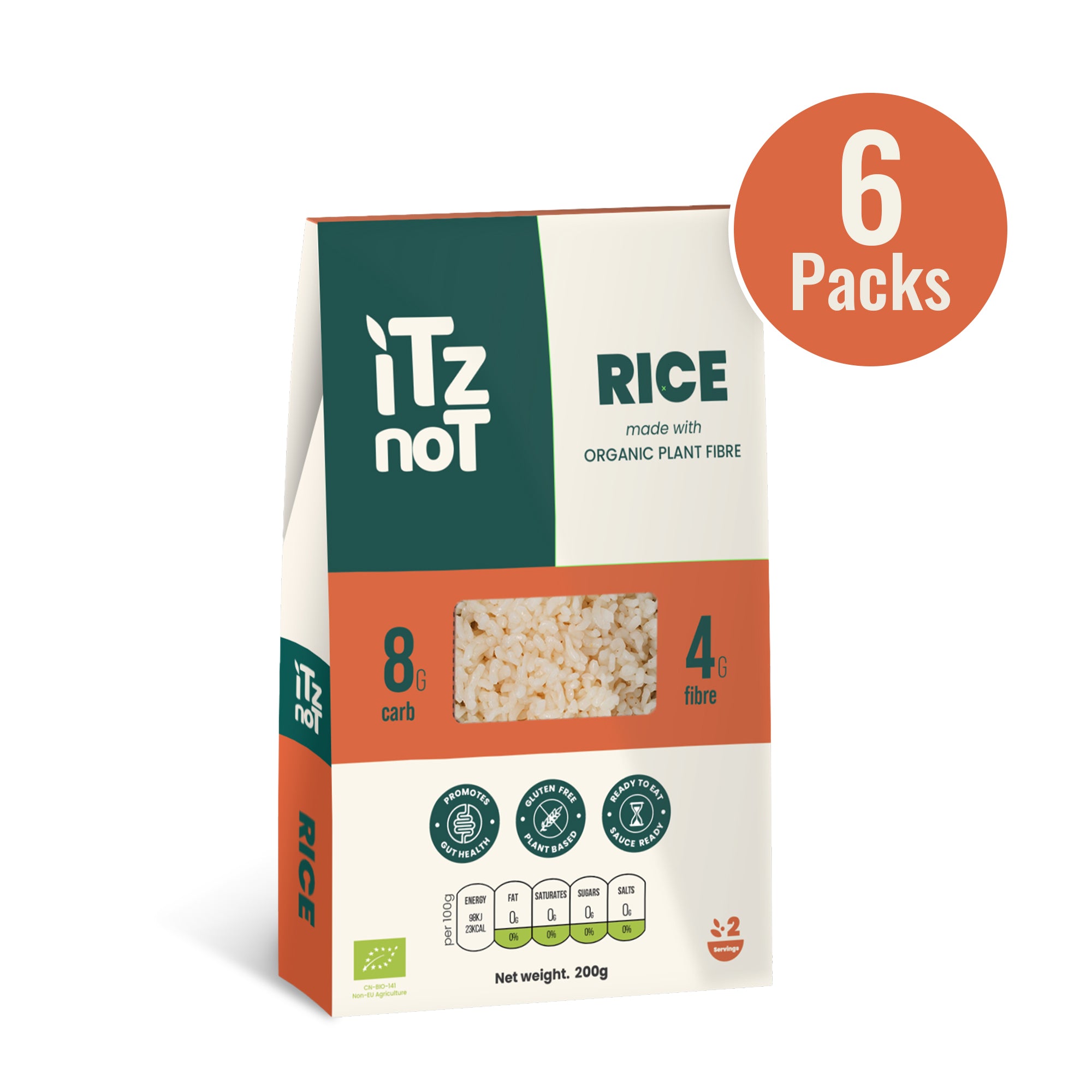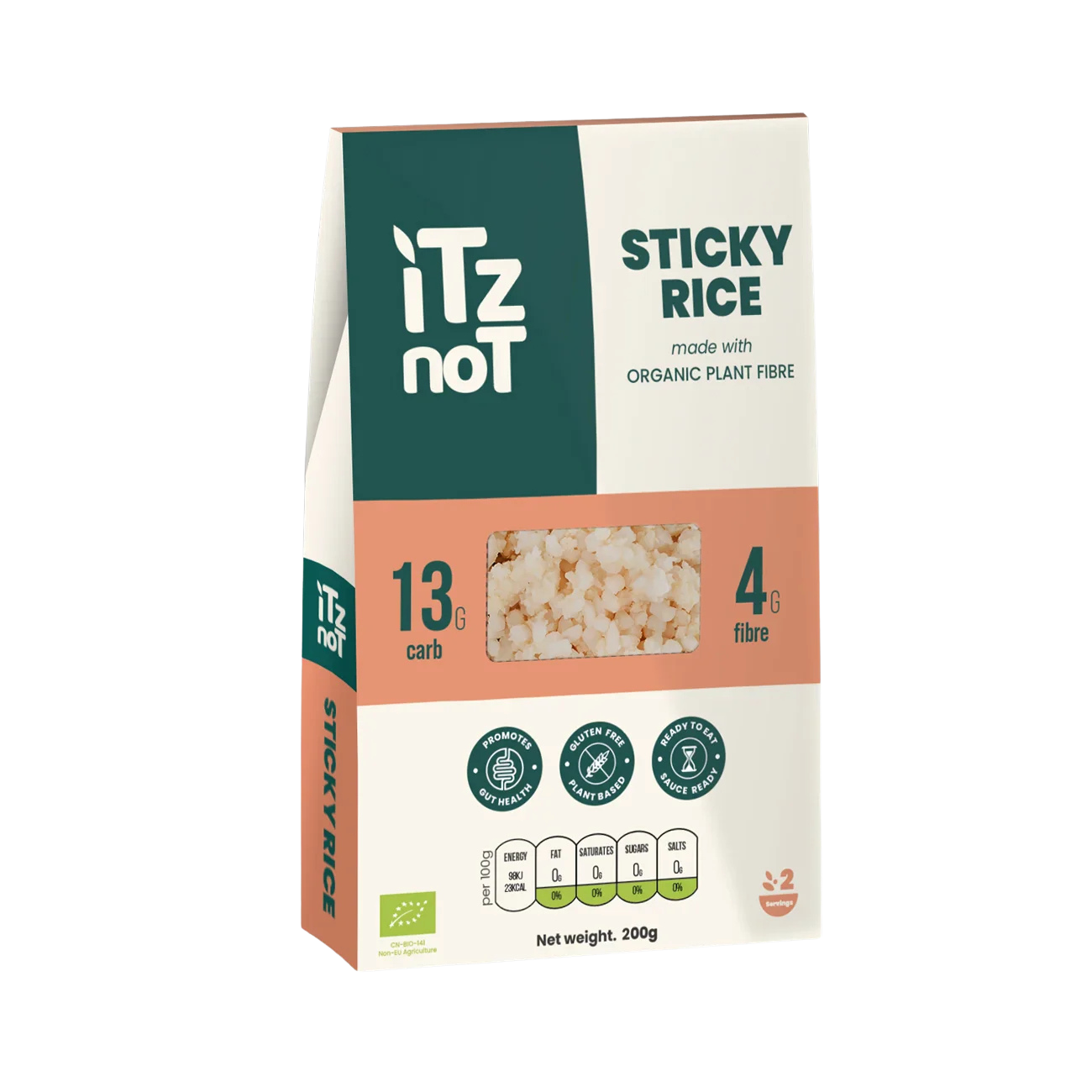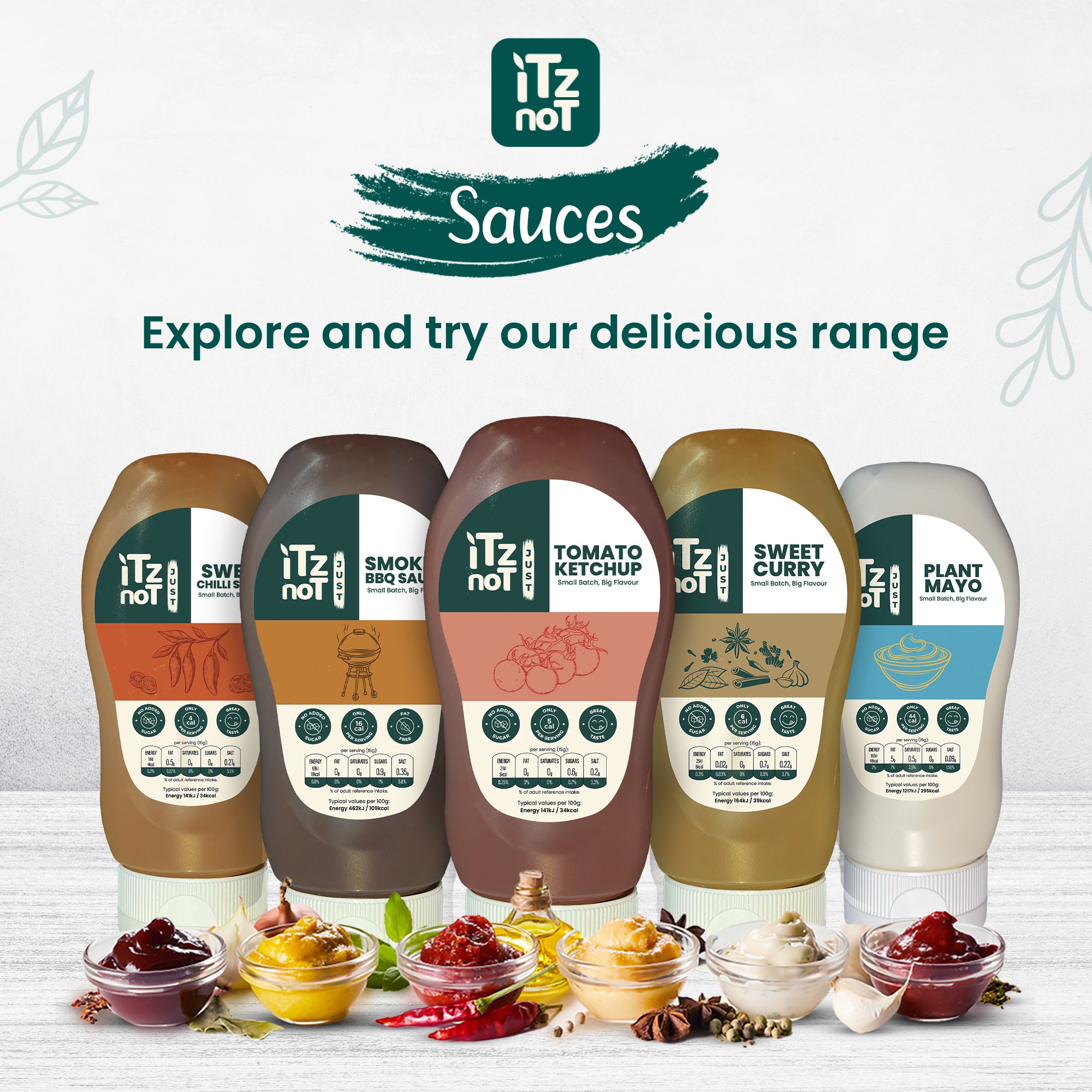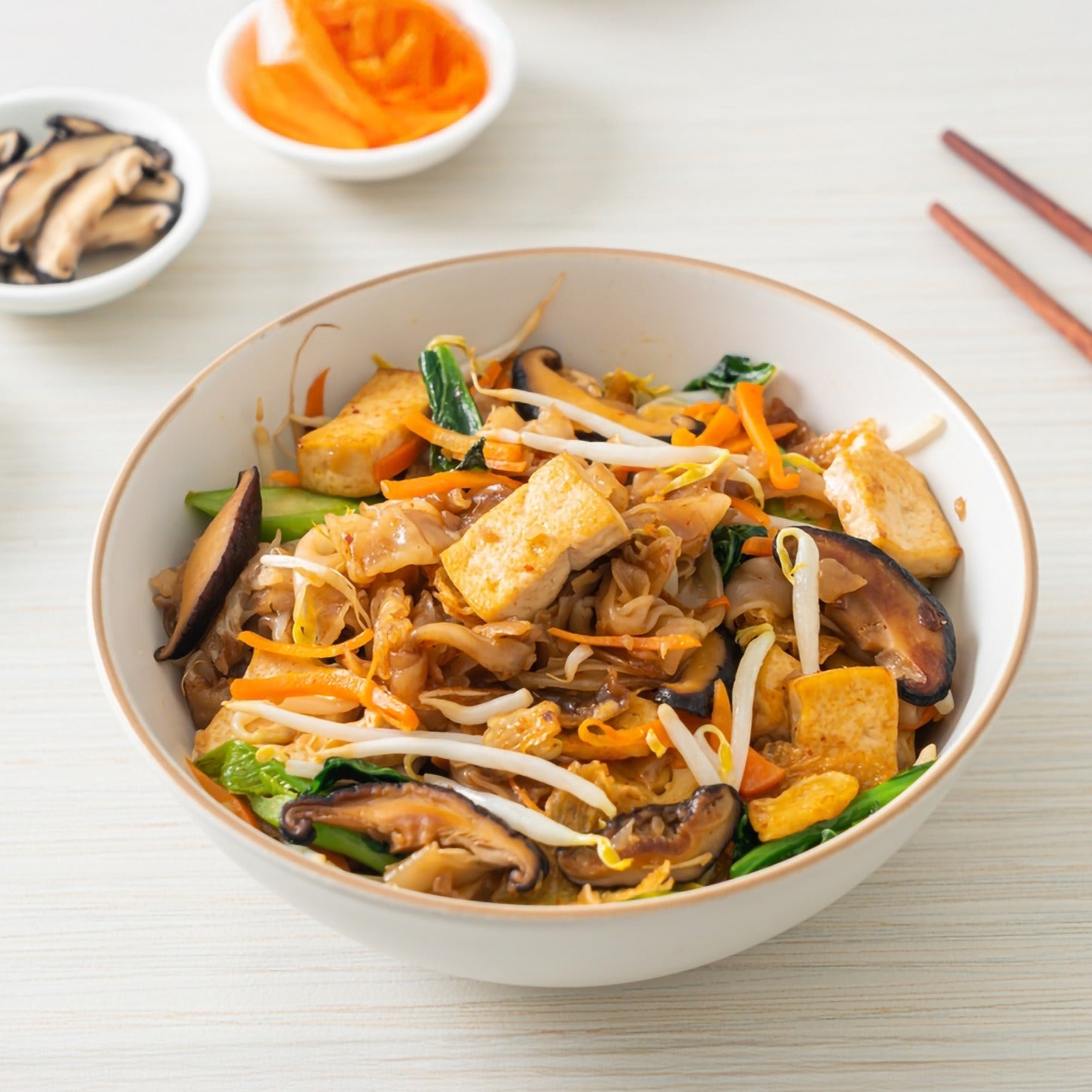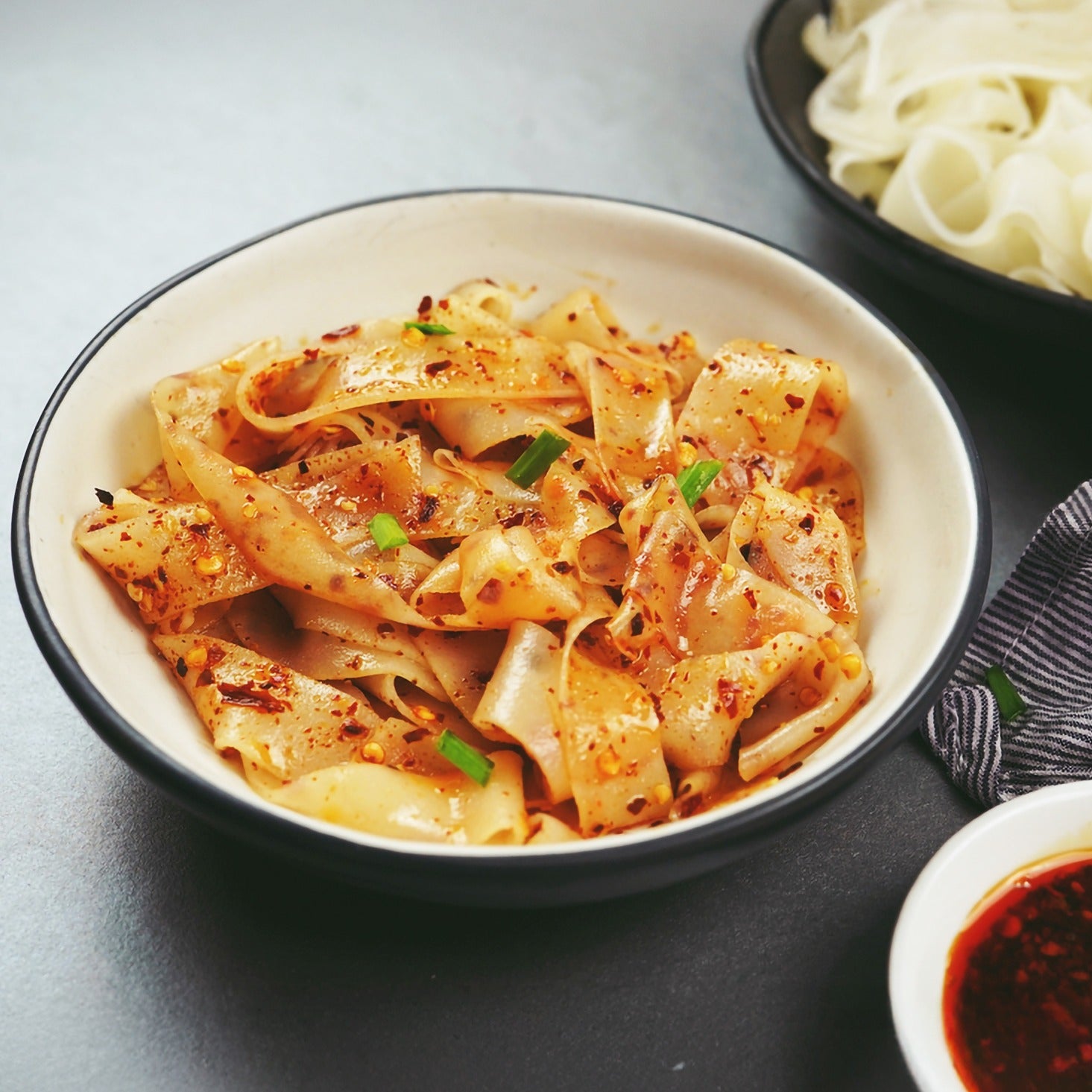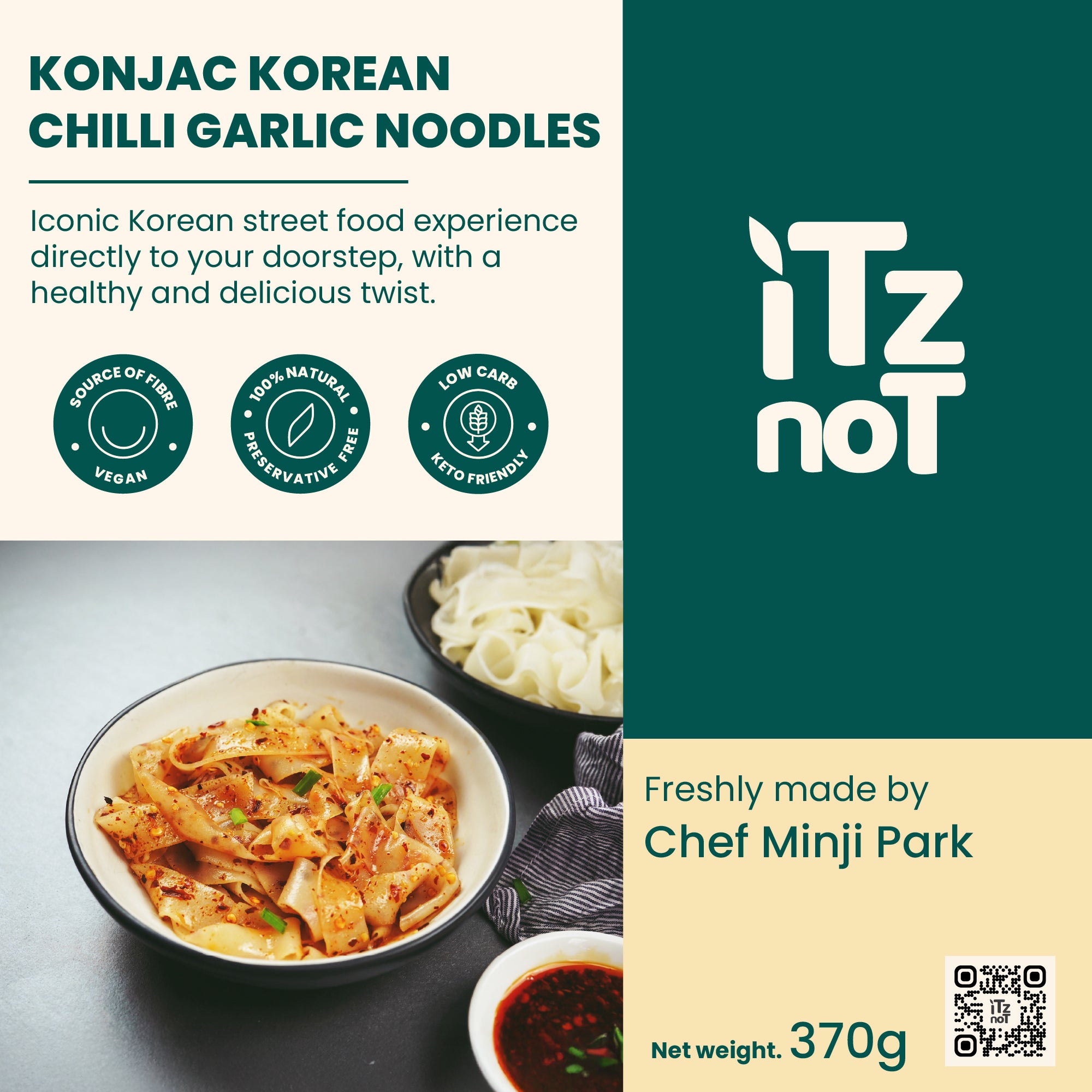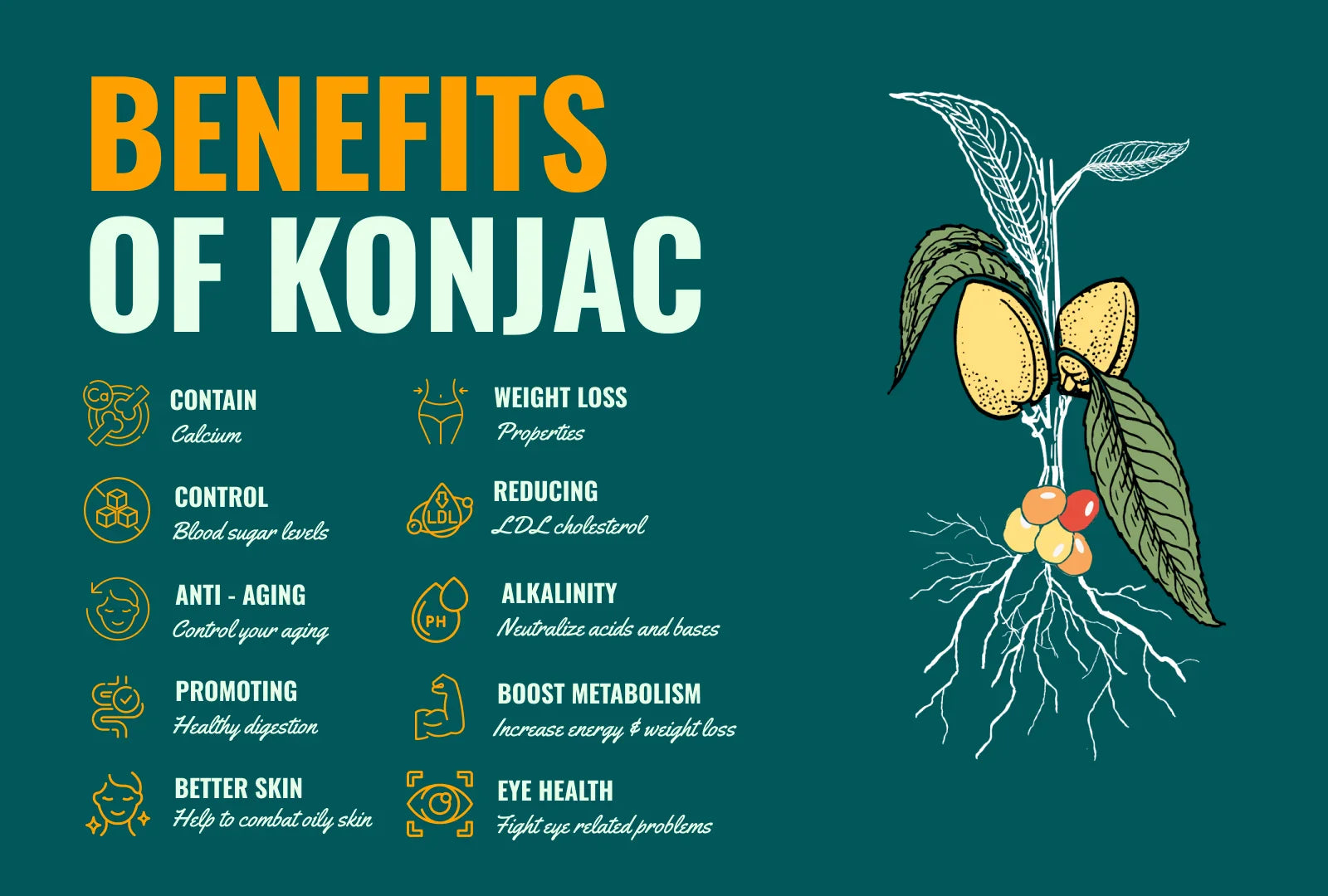
The Wonders of Konjac: Benefits, Uses, and Culinary Adventures

The Wonders of Konjac: Benefits, Uses, and Culinary Adventures
Konjac, an Asian root vegetable gaining popularity worldwide as a key ingredient in noodles and snacks, is not only a traditional medicinal plant, but also an important source of dietary supplements. This plant, which is also known for its starchy corm, is a rich source of soluble dietary fibre with a myriad of health benefits, hence scientifically known as Amorphophallus konjac. Fibre of this sort helps to maintain levels of cholesterol and blood sugar, while a fibre-rich diet may even help to prevent some digestive concerns and support regularity.Eat a iTz noT healthy pasta recipe!
We are here at iTz noT to make healthy eating easy for you, with healthy foods rich in nutritional value that support your entire well-being. Today, we are diving into the basics of Konjac, also known by its scientific name Amorphophallus konjac, the main ingredient in many of our unique products and tasty recipes. Please join us to see more recipes and healthy tips on our site.
Amazing Health Benefits of Konjac
- Konjac has a high amount of soluble fibre that provides it with many health benefits. One type of fibre — soluble fibre — can help reduce blood glucose and cholesterol levels. Also, sufficient fibre may help avoid diverticular illness and also piles, as well as promote bowel health. Here is what konjac does for your health:
- Konjac can help to improve the skin, and the surface of the skin in some studies has been linked to reduced acne. It is thought to promote wound healing and reduce allergic reactions.
- Fibre can help you feel full sooner, so you stay satisfied longer and avoid snacking or overeating at mealtime, which can assist with weight loss. This full feeling can also be attributed to the expansion of konjac in the stomach. Research indicates that when glucomannan fibre is consumed in conjunction with a well-balanced, calorie-restricted diet, greater weight loss occurs than from diet alone.
- May Promote Healthy Cholesterol Levels — In fact, reviews suggest that konjac may lower triglycerides, LDL (“bad”) cholesterol, and total cholesterol. It has also been shown to reduce fasting blood sugar and weight. Clinical studies have indicated that glucomannan may serve as an adjunct in the management of hypercholesterolemia and diabetes, and may assist in the prevention of cardiovascular disease.
Western Drug Use of Konjac
Konjac has potential outside the kitchen as a prebiotic and bacterio-protectant to boost probiotic activity:
Konjac as a Prebiotic: Konjac glucomannan hydrolysate may promote gut health via the growth of beneficial bacteria and short-chain fatty acids. Research has investigated the ability of enzymes to degrade konjac glucomannan into smaller molecules with prebiotic effects on the growth of beneficial gut bacteria and the production of beneficial compounds.
The Active Ingredient: Glucomannan: Glucomannan, the soluble fibre from the konjac root, is sold as a supplement, in drink mixes, and as an ingredient in some foods, including products containing wheat and pasta. It is also the primary ingredient in shirataki noodles. It is rich in glucomannan from the Siamese elephant yams native to Southeast Asia. It has been consumed for centuries in traditional foods such as tofu, noodles, and konjac jelly, and it is applied in herbal medicine. It is likewise found in the food industry as a nutrition supplement, thickener, and emulsion agent.Learn low fat pasta ideas with iTz noT!
It is a type of highly absorbent dietary fibre known as glucomannan. It is so absorbent that just a little of it can transform a glass of water into a thick jelly. Experts believe that these unique properties are the main reason for its weight loss benefits.
Supports Diabetes Control: Soluble fibre may help lower blood sugar levels by delaying the emptying of stomach contents—the fibre in glucomannan (Glew-Koh-MAN-an) is a soluble fibre found in the tuber of the konjac plant, and its long-chain nature means that it can delay stomach emptying as well.
Soluble fibre is also a soluble prebiotic, feeding the good bacteria in your colon that produce short-chain fatty acids, which have anti-inflammatory and immune-stimulating effects.
All well and good, but as the health benefits of dietary fibre are also widely understood, it is surprising to learn about how many people in the world, including a substantial proportion of the U.S. population, do not get enough. Adults are recommended to eat eight times more than the average amount consumed.
Konjac Recipe
Stir-fried Shirataki(konjac) Noodles
Ingredients:
-
Add two eggs, and add both white pepper and salt.
-
One bag (200 g) of Shirataki (Konjac Noodles) *rinsed and drained, one teaspoon of oil *plus more, use Sesame Oil.
-
One little clove of garlic, optionally with ginger.
-
One spring onion cut diagonally, and one-fourth teaspoon of Asian chicken broth powder (OR Dashi powder).
-
A single spoonful of soy sauce.
-
Optional: 1 tablespoon of Mirin Crispy Chilli Oil.
Instructions for Cooking:
-
In a bowl, whisk together eggs and sprinkle with a bit of salt and white pepper.
-
After draining, thoroughly rinse the Shirataki (Konjac Noodles) under cold water. Get the spring onion and garlic ready.
-
In a small bowl, mix Asian Chicken Bouillon Powder (OR Dashi Powder), Soy Sauce, and Mirin. Before you begin cooking, prepare everything.
-
The egg should be cooked gently in oil over medium heat before being returned to the bowl.
-
Pour in additional oil, add the garlic (OR ginger) and shirataki (konjac noodles), and swirl for a few minutes. Stir in the Egg, Spring Onion, and Sauce. Mix everything. Spring Onion is done when it's cooked.
-
Enjoy it with a dash of crispy chilli oil added.
To Conclude: Experience the Fresh Taste of Good Health, with iTz noT.
Then take a journey with life-affirming flavours. We provide taste-bud-pleasing remedies which are healthy for your body without compromising on taste – gluten-free, low in carbohydrates, & unique varieties of meat substitutes! Our products are made with utmost precision, care for the environment, and environmentally sound techniques, aiming to make each morsel in celebration of taste and scent.
Konjac-based products have a variety of potential health benefits. They might help with weight loss, better gut and skin health, and lower blood sugar and cholesterol. As a disclaimer, just like any other fledgling dietary supplement, you should probably run any consumption of Konjac past your physician first. It is very important to ask the doctor before feeding Konjac to a child for constipation or any health problems. They should always be taken with lots of water to minimize the risk of choking on Konjac. Learn healthy pasta recipes with iTz noT!

